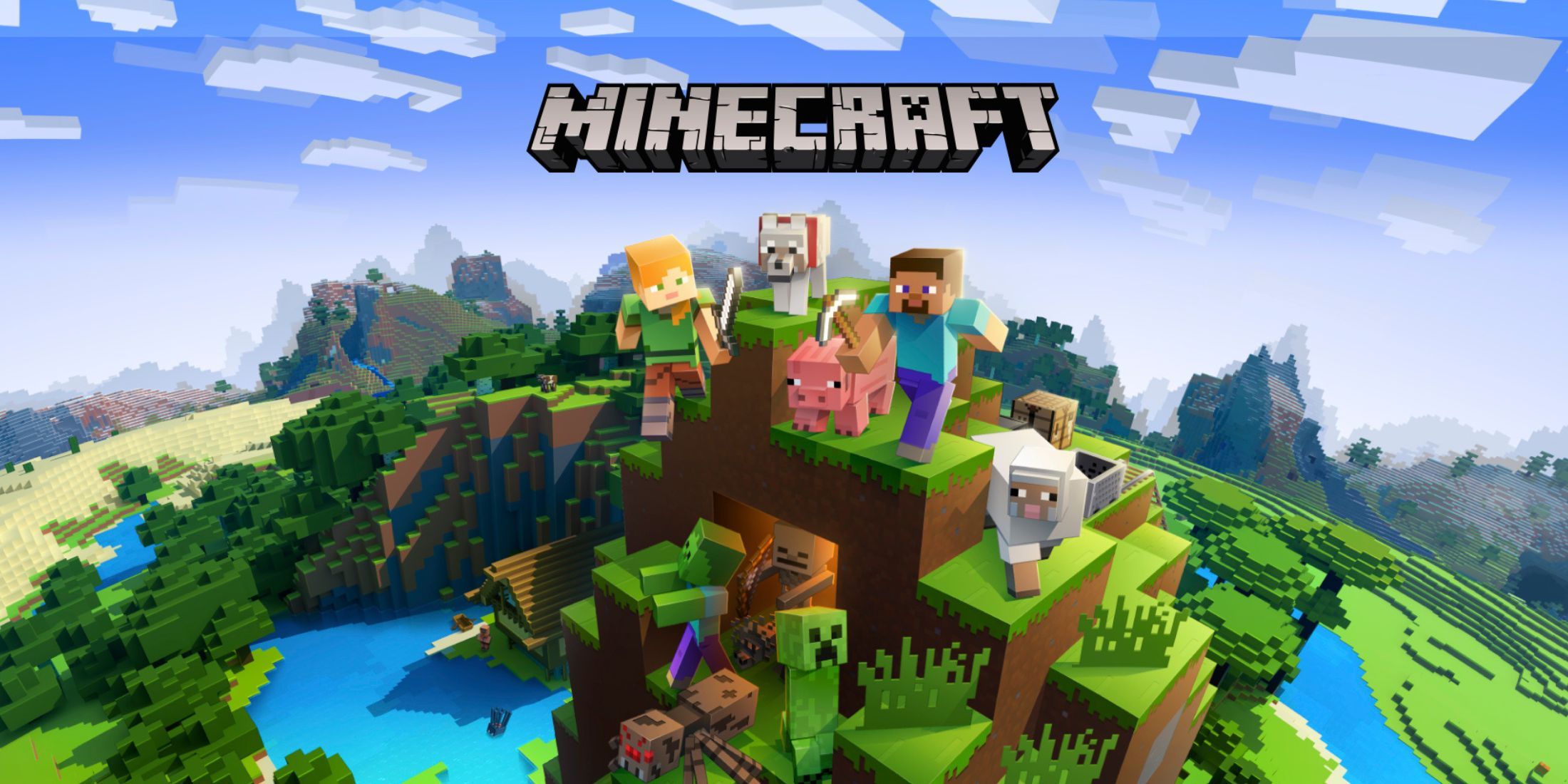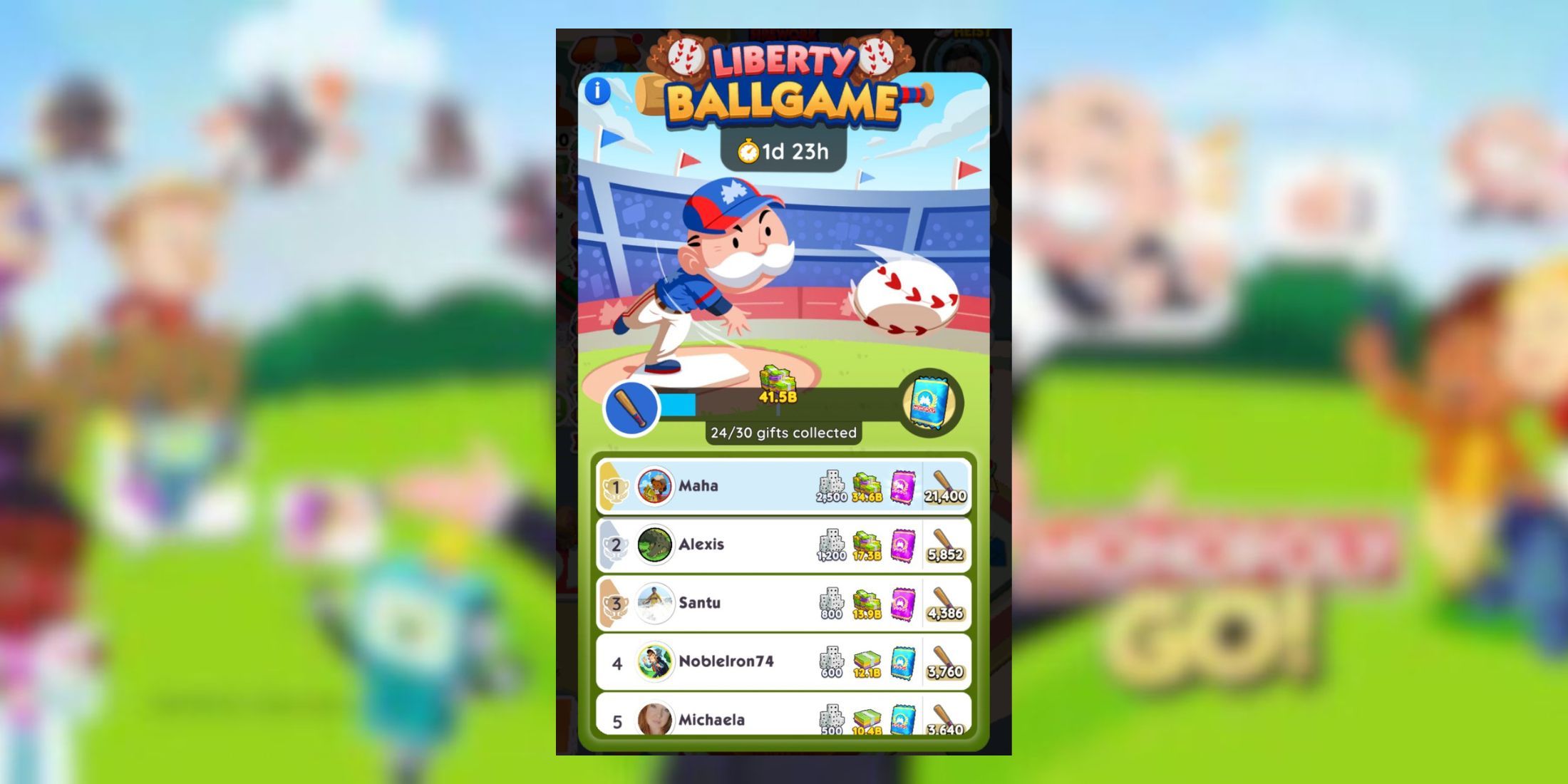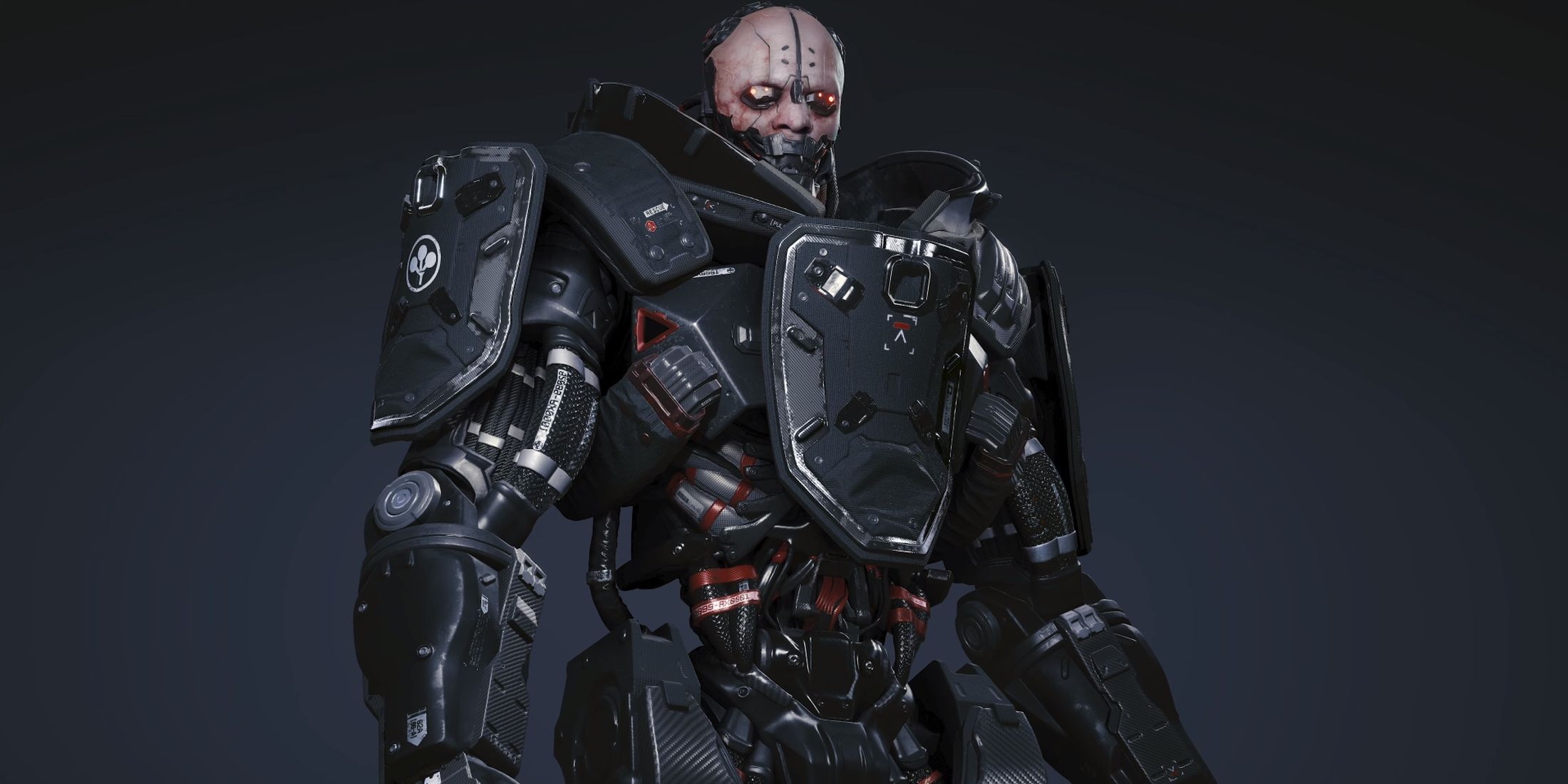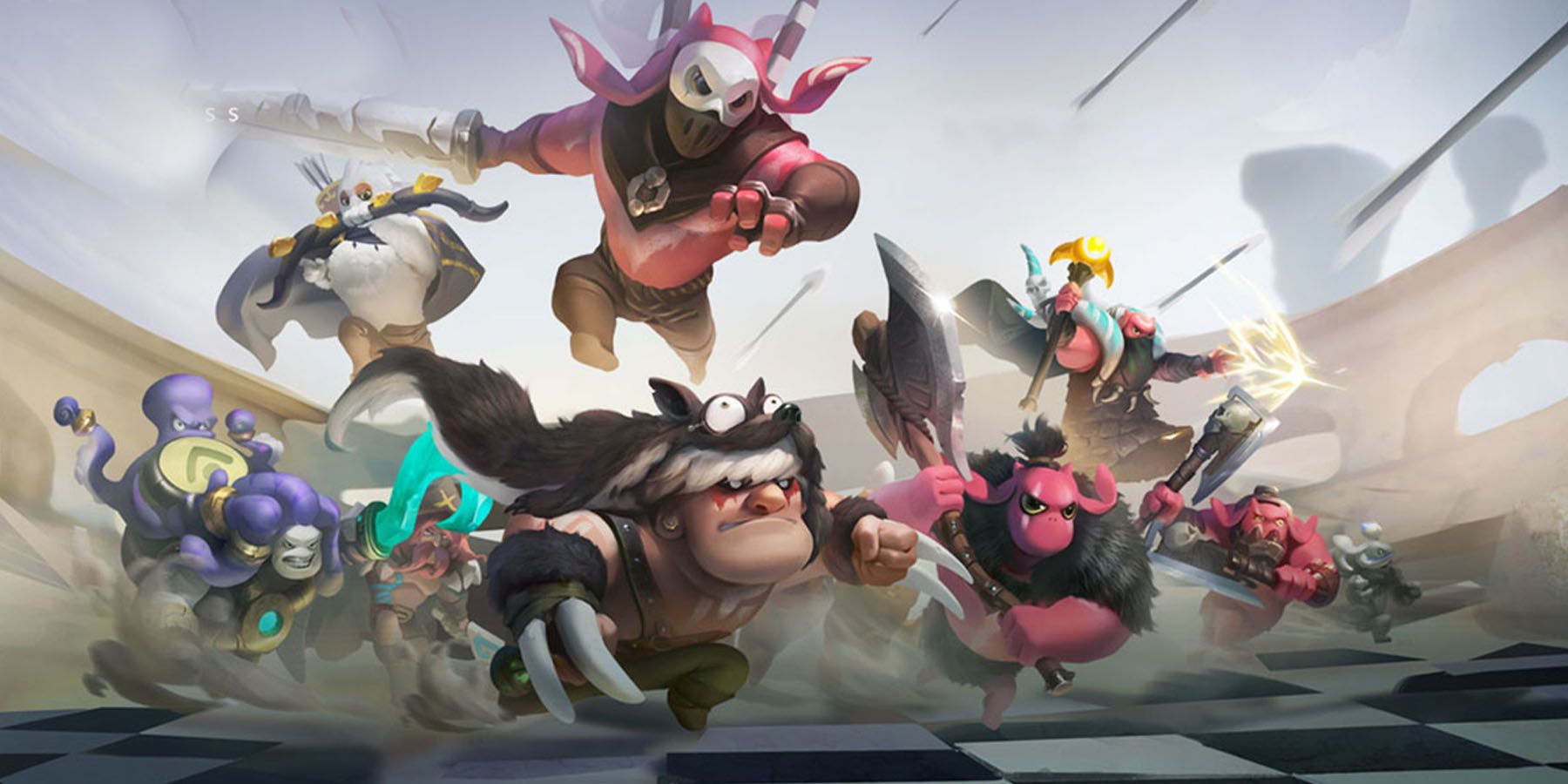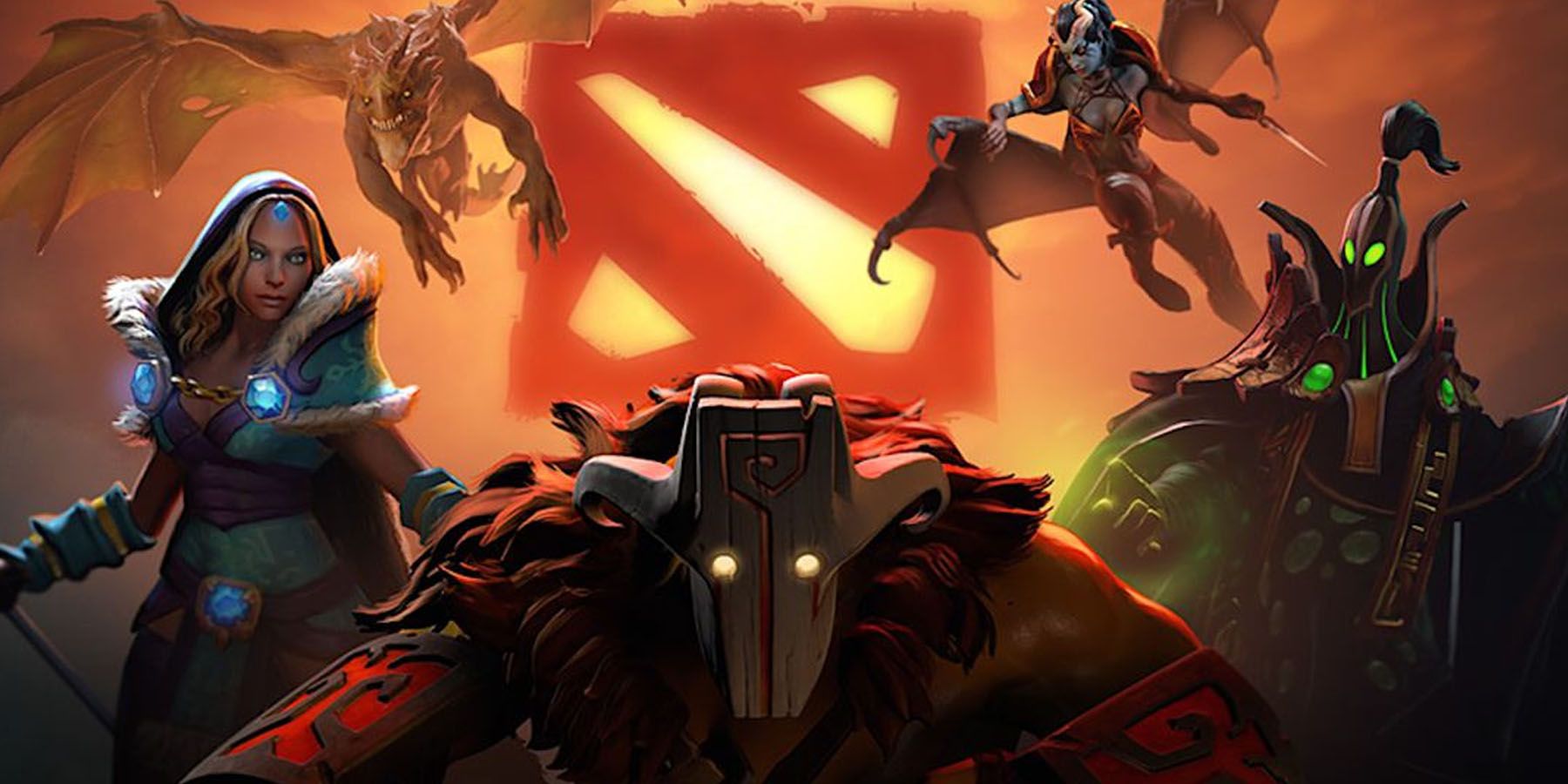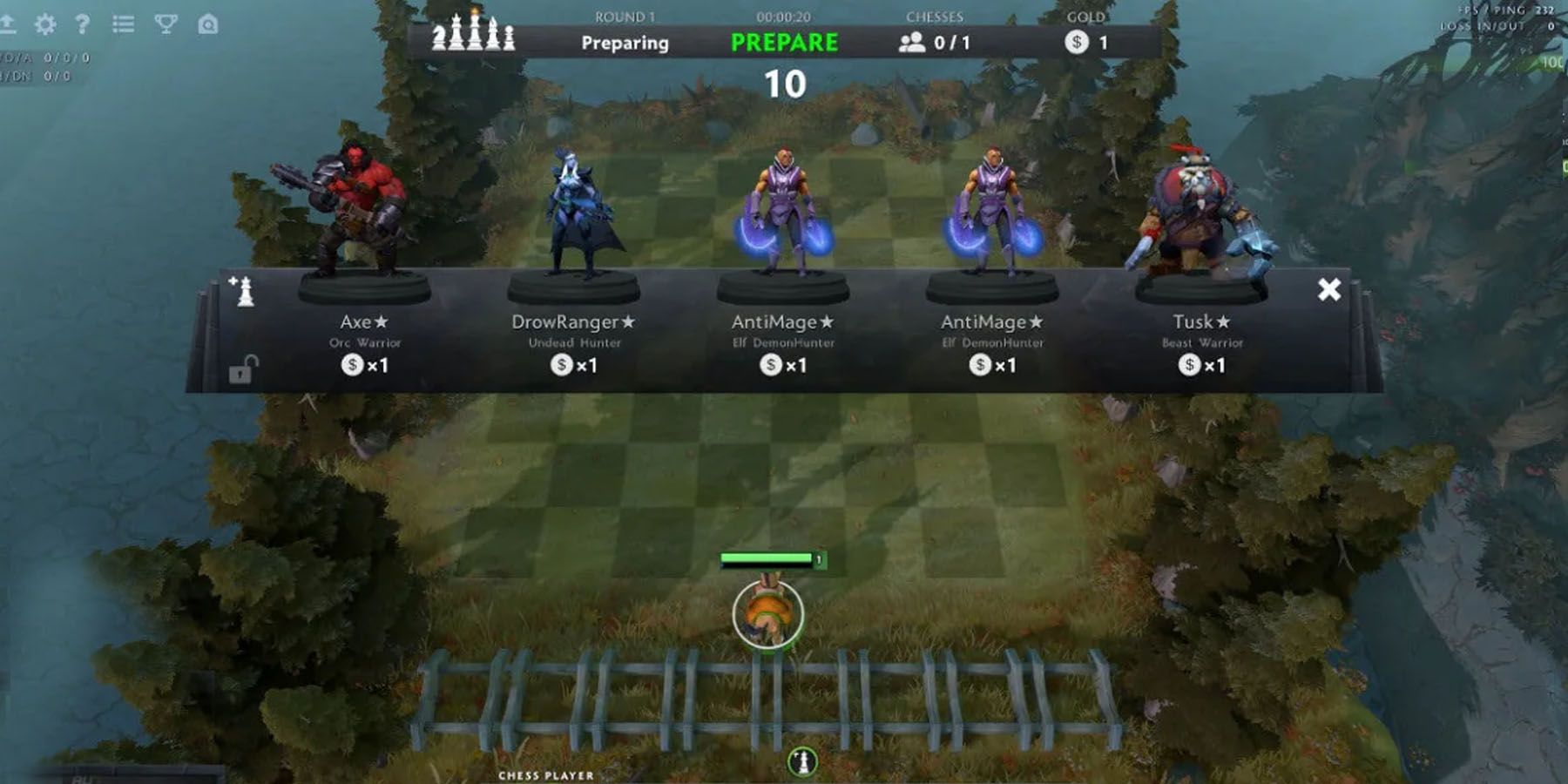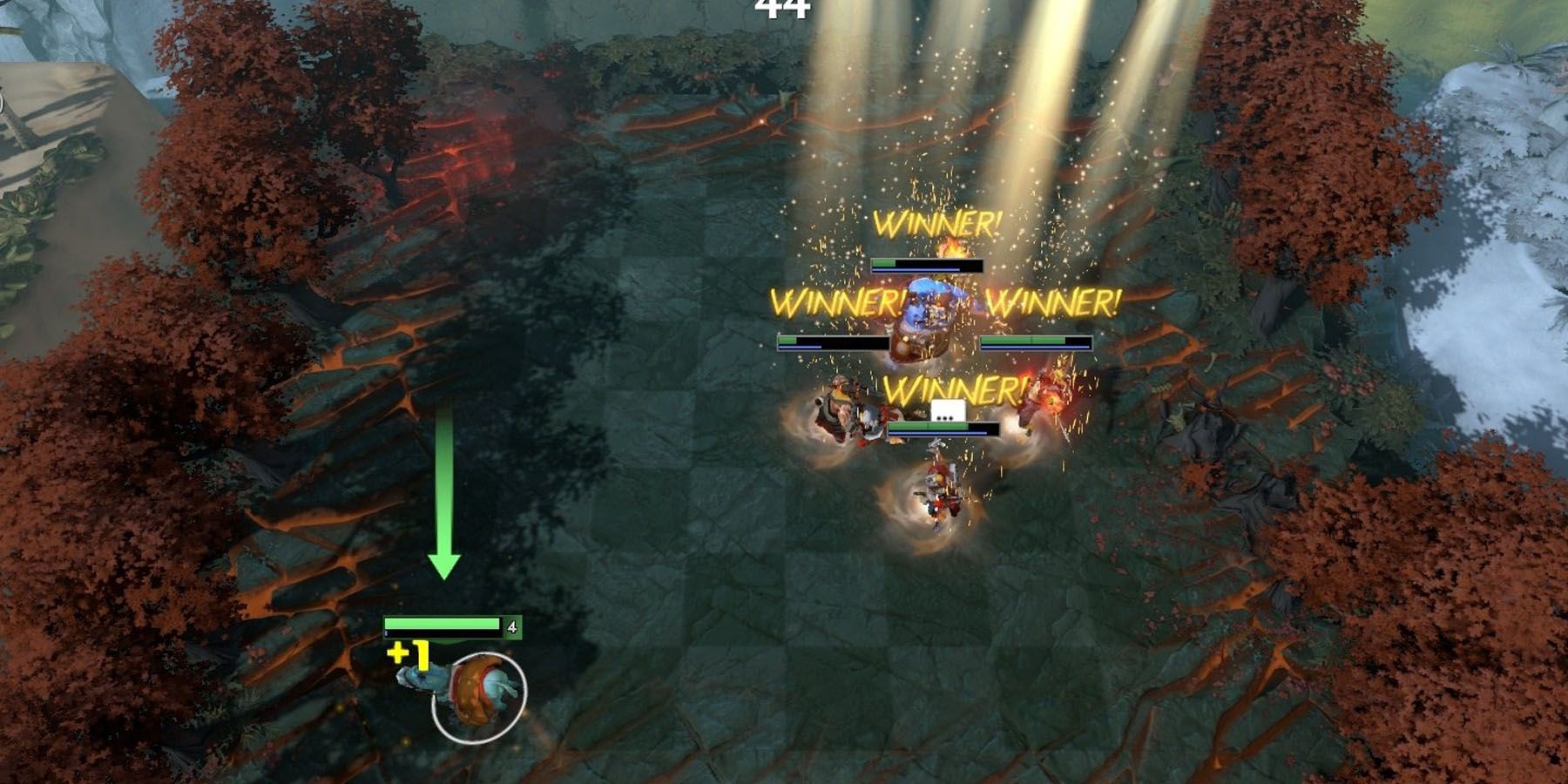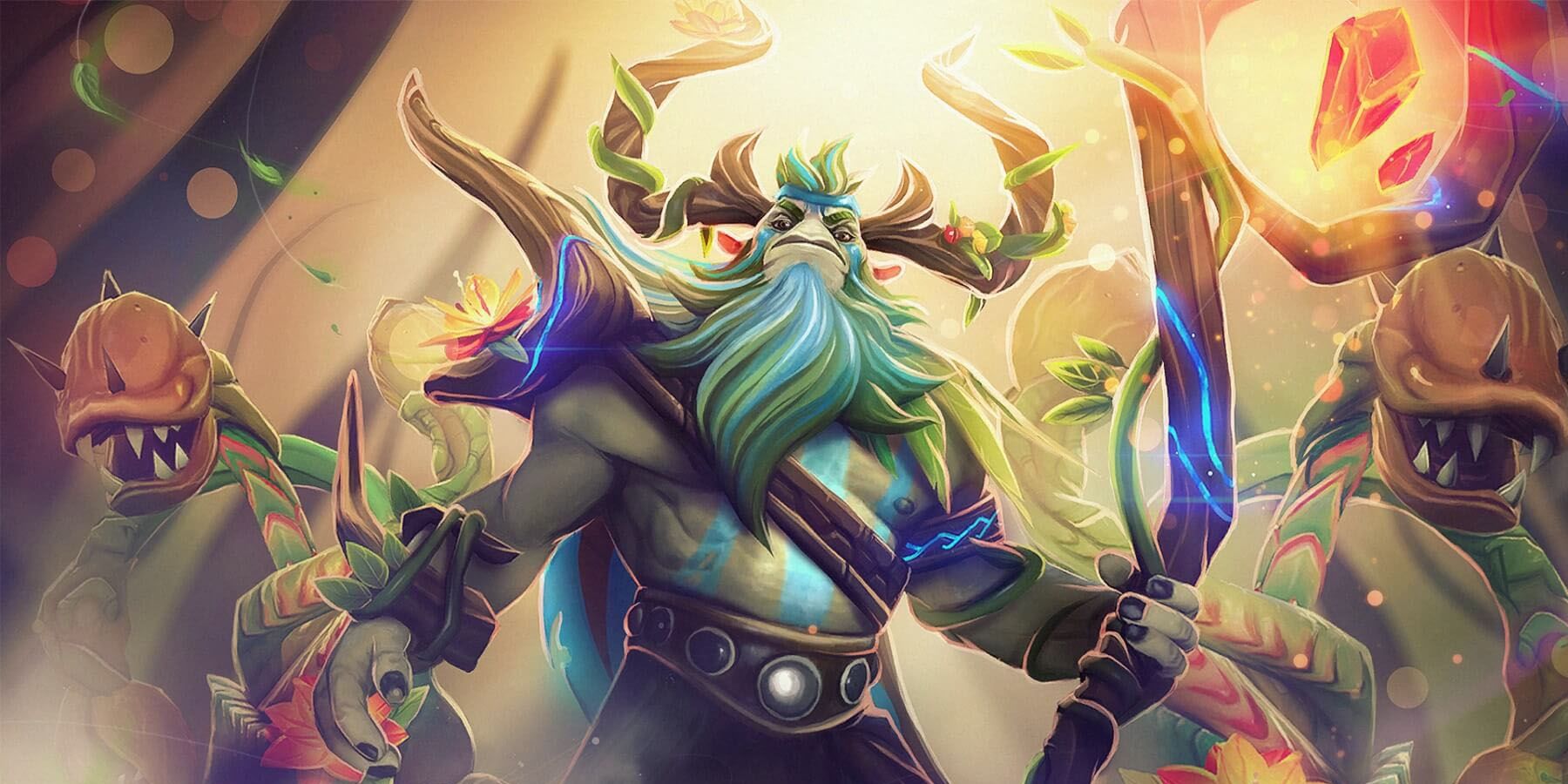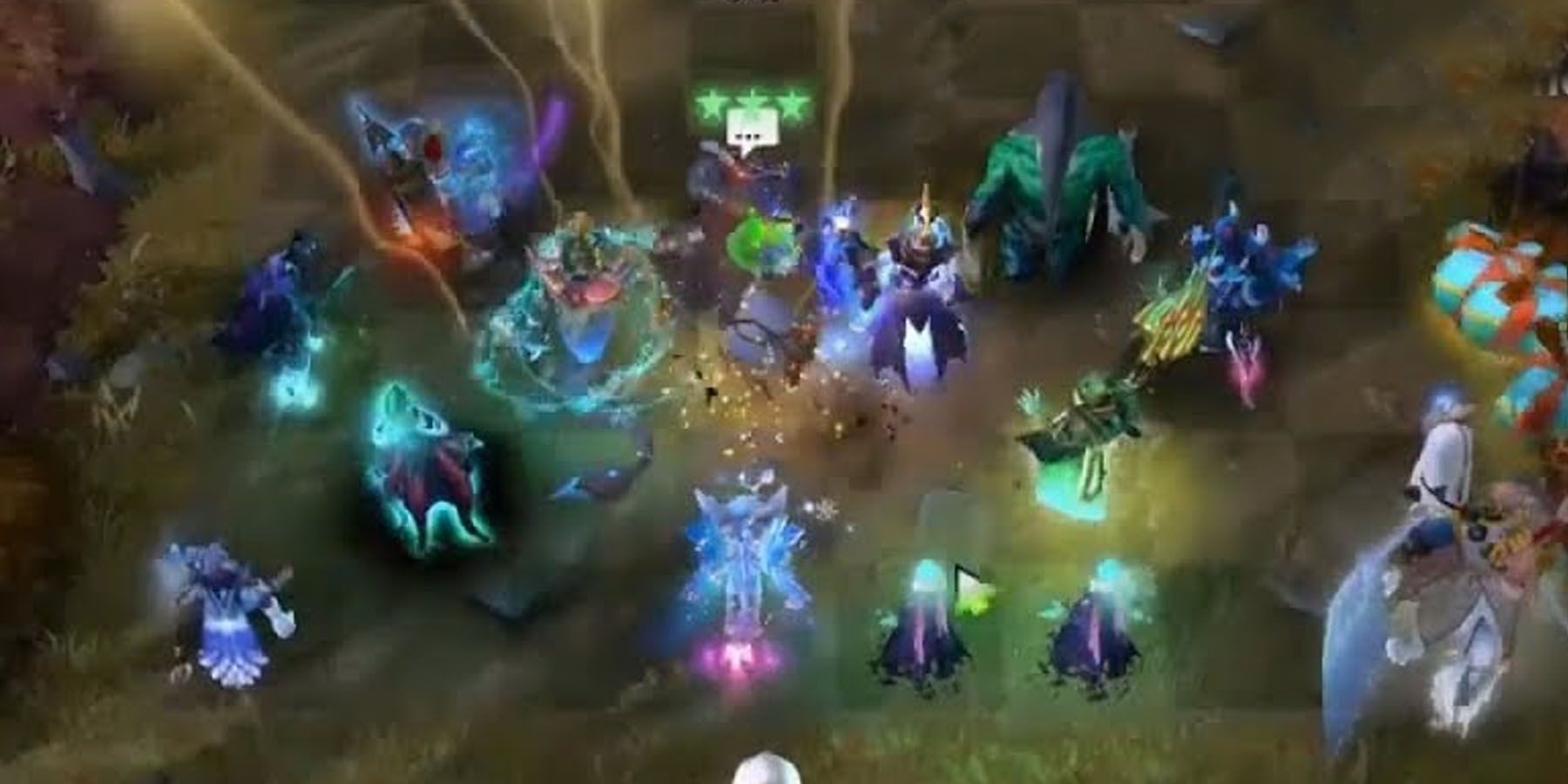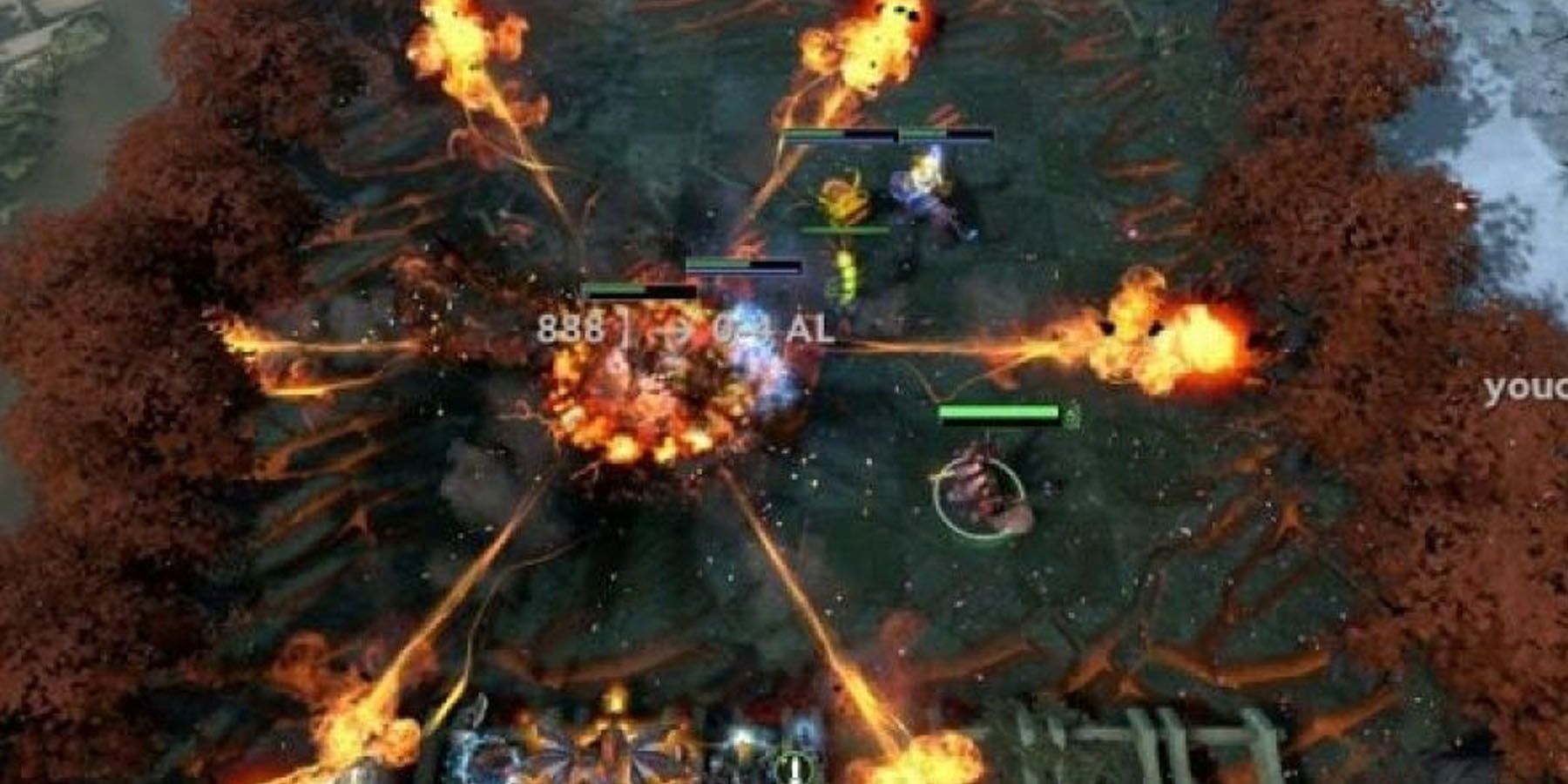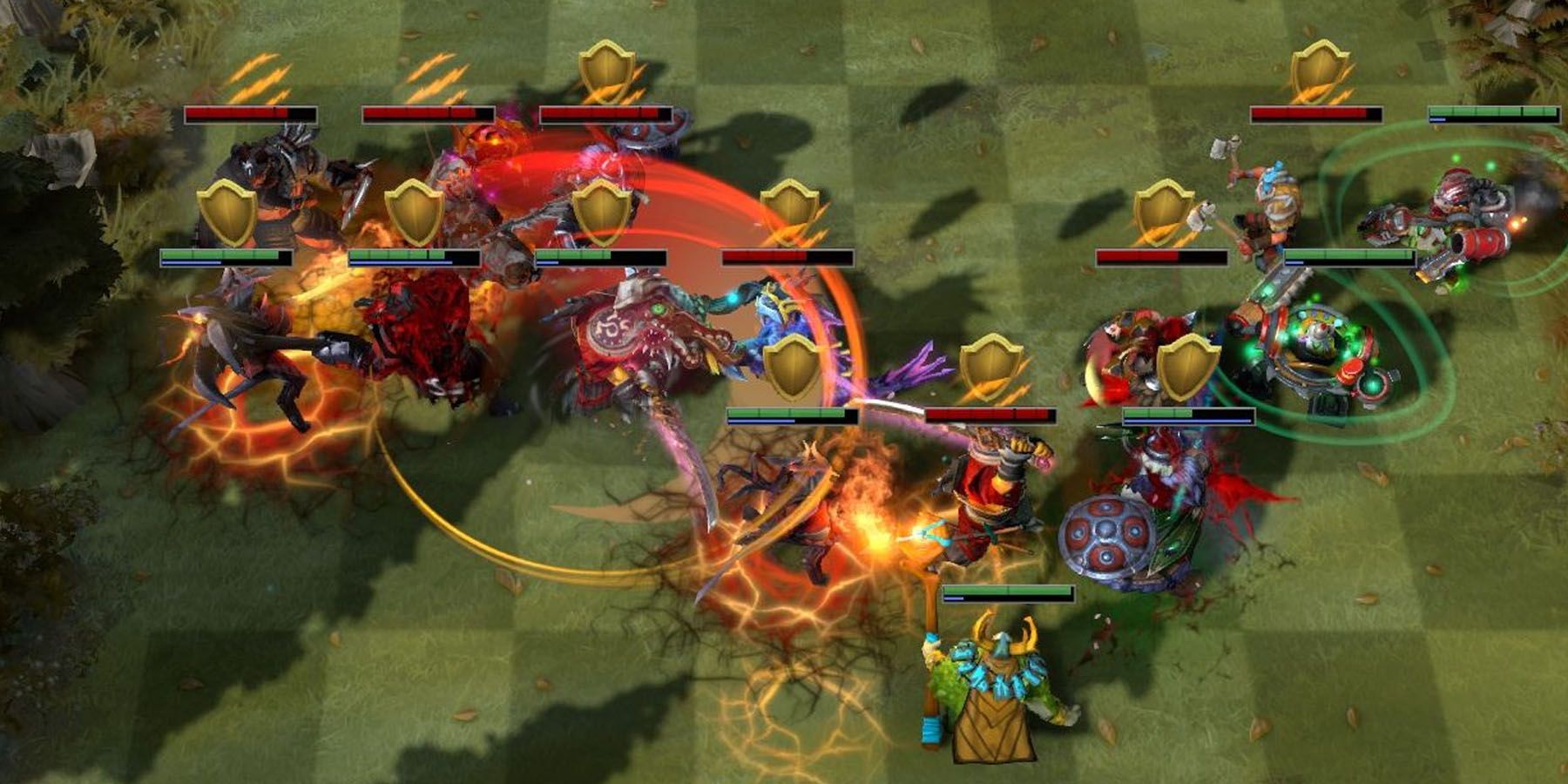Despite the popularity of Dota 2 as a MOBA, there is no denying that the game can get a bit stale after the first few thousand matches of using the same MOBA mechanics. Thankfully, players looking for a change of pace can look into Dota 2 and its downloadable content to discover a plethora of other game modes to try out.
One such game mode is Auto Chess, which turns the idea of Chess over in its head and adds a Dota 2 spin to it. Here are just a few things beginners should know to optimize their experience with this game mode.
Understanding The Core Gameplay
Unlike the usual MOBA setup of Dota 2, Auto Chess is available as an in-game downloadable mode for players to enjoy within the Dota 2 client. In this custom game mode, numerous 8x8-tile chess boards appear in an Overworld, where each board is populated by players either fighting AI opponents or other players.
However, instead of the chess boards having pieces, they instead have Dota 2 Heroes as their units. Similar to the core MOBA, these Heroes have special Passive and Active abilities, can equip Items, and can earn resources to further improve their stats. The goal here is to be the last man standing, slowly obliterating enemy opponents throughout the game. Players fight A.I. for the first three rounds before proceeding to fight other players.
The Usual Round Progression
Unlike typical chess, Auto Chess in Dota 2 does have a specific round progression system that players have to follow throughout the match. Here’s the usual cycle of how rounds work during each match:
- Buy Mode: At the start of every turn, players are given a selection of Heroes to choose from. These are randomized Heroes, all of which they can purchase if they have enough resources. There’s an option to “padlock” Heroes and lock them for the next turn, if players want to buy the Heroes presented to them but need to earn resources for the round.
- Combat Mode: After the Buy Mode, players proceed to see the Heroes actively fight opponents on the other side of the board. Gifts will appear on the ground after opponents are killed, and players can obtain Items and other resources from these Gifts.
Economy Plays A Lot Here
Similar to Dota 2, the economy of resources in the game plays a huge role on how matches could play out. While the game gives players gold after the end of each turn, there are a lot of other ways players can earn and spend their resources - to the point where resource management is a mini-game that needs to be managed. Here are things to consider:
- Gifts Provide Items: When Gift packages drop from fallen foes, players can open them to receive resources and Items. Players can equip these Items to their units to buff them, and they may even combine these Items to get more powerful Items.
- Gold Can Level Up Players: When players have enough Gold, they can choose to level up their avatar. This allows them to position more units on the game board.
- Gold Can Get More Units: Likewise, players can use their Gold to buy more expensive and powerful units instead. However, since there’s a limited slot of units per avatar level, players need to choose carefully whether they want to level up first and expand their unit limit or snag that powerful unit on the get-go.
- Winning Streaks Give More Gold: While the game rewards players with Gold after each round, Winning Streaks give out bonus Gold to players, which can greatly play into their key strategy.
Understand The Hero Basics
Similar to chess in real life, units in Auto Chess do have designations and specific abilities. These are divided into two categories, Species and Classes, both of which offer specific synergies depending on how many of them exist in the board. Here are things to consider:
- Remember the Class List: Classes are the most common unit classification in Auto Chess, and it’s important to learn about their synergies first to secure obvious combat advantages. Classes are: Assassin, Demon Hunter, Druid, Hunter, Knight, Mage, Mech, Priest, Shaman, Warlock, Warrior, Wizard.
- Remember the Species List: Secondary to Classes are Species, which essentially determine the race of the unit. Different units can belong to the same Species but have different Classes, which makes synergies a bit tricky but worthwhile to achieve. Species are: Beast, Demon, Dragon, Dwarf, Elemental, Elf, Goblin, God, Human, Naga, Ogre, Orc, Satyr, Troll, Undead.
- Synergies matter more than number of units: Sometimes, the best strategies in Auto Chess rely not necessarily on which players have the most units around but rather which units synergize best with each other. Certain numbers of Species and Classes have different effects, which can give players incredible advantages.
Consider Upgrade Breakdown
Just because players can purchase a more powerful Hero with Gold doesn’t mean they’re automatically powerful. In fact, some cheaper units in the game can end up wrecking powerful units by virtue of being fully-upgraded. In Auto Chess, players can combine units of the same name into 2-Star and into 3-Star variants. At its core, each star progression boosts both the durability and overall damage to the unit, making them deadlier in combat. Here are certain considerations:
- 2-Star Unit: To make a 2-Star Unit, a player must combine three 1-Star Units of the same name.
- 3-Star Unit: To make a 3-Star Unit, players must combine three 2-Star Units of the same name.
- 2-Star Druid Exception: However, Druids make the combining process a bit complicated. To combine Druids, three Druid Units must be on the board, however two of them must be of a different type than the other one. For instance, one Enchantress and two Treant Protectors means three Druids are present, but only the Treant Protectors can combine into a 2-Star Treant Protector.
- 3-Star Druid Exception: Again, exception comes to the Druid when it comes to upgrading them to 3-Star Units. Once more, they need only two 2-Star Units to create their 3-Star variant. However, they would also need three other unique Druids on the board. For instance, making a 3-Star Treant Protector needs two 2-Star Treant Protectors, as well as three other Druids (e.g., Enchantress, Furion, and Lone Druid).
Take Beginner-Friendly Synergies
While players can definitely mix and match different Species and Classes depending on their favored setups, sometimes certain synergies do work quite well when it comes to their general effects in the battlefield. For newcomers, it’s highly recommended they choose these kinds of synergies first:
- Warriors: This Class works best as a damage dealer, especially for the early game. As tanks, they’re much durable, and they’re much cheaper to come by. Orc Warriors can make for great tanks, with Axe, Juggernaut, and Tusk being decent early-game concepts.
- Druids: Despite their rarity, having Druids early can definitely give players a much-needed balanced push between durability and magic damage. With some Druids being built-in support, they can help add a bit of survivability in the early game.
- Goblins and Mechs: These Species are quite common in rosters, and they’re not as expensive compared to other units. Combining Timbersaws, Tinkers, and Clockwerks can give players tremendous advantages right off the bat. However, they’re more effective as early-game fighters.
Consider Behind The Scenes For Units
Aside from the core strategies involving unit choice in Auto Chess, it’s important to remember that there are key elements playing out behind the scenes that can affect one’s performance throughout a match. Here are things players should consider:
- RNG plays a huge role in unit selection: When the game provides units to players at the start of each round, RNG has a lot to do with their choices. Players need to learn how to adapt to situations and assess their best unit combinations as soon as they know what kind of units the game is offering.
- Game worlds offer specific archetypes: While RNG definitely randomizes Hero selection, the game does subtly make it clear as to what kind of units players can build at any given time. Players who notice that some players are building towards a certain unit type means this particular unit type won’t probably be available in other boards. As such, it helps to have a healthy balance of tanks, spellcasters, and utility units.
- Mind the timer for composition: When the Buy Mode (which includes positioning) timer ends and the player ends up overpopulating their board, the game will immediately bench the lowest-cost units to compensate for the excess. This can ruin entire setups, so players are advised to stay mindful of their timer.

